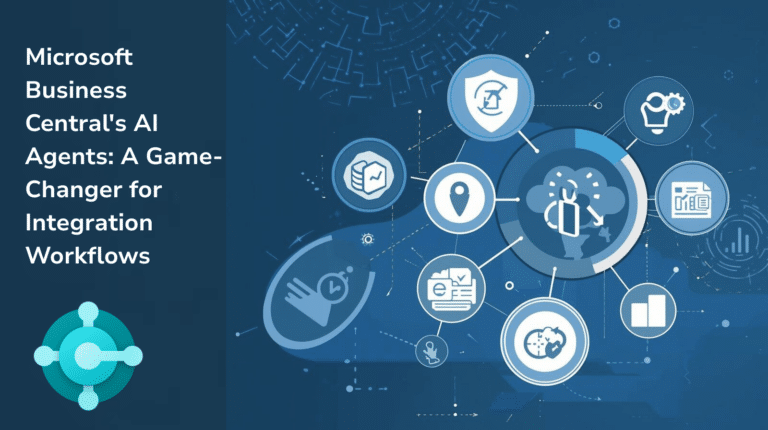In a world of complex and detailed commercial processes, there is a need for many industries to adopt assistance-oriented technologies to improve efficiency, profits, working conditions, and customer happiness. The supply chain industry is one of the sectors that demonstrates this necessity. An industry with potential revenue losses of $1.1 trillion, according to the IHL Group. Why is that the case, then? Inadequacies in inventory management, operational and process efficiency, and sustainability are the key offenders. These problems pose challenges to both businesses and their customers.
However, businesses can automate repetitive, rule-based operations and procedures inside their organization using robotic process automation (RPA), sometimes known as “software automation,” or RPA. Inventory management, invoice processing, data input, order processing, and vendor management are a few of these procedures. Incorporation can provide advantages and guarantee that businesses capitalize on prospective earnings.

Automatic efficiency
Automating these operations can result in employment transformation, enhanced workflows, and streamlined processes. By automating processes like data entry, validation, report production, and other duties, RPA can be used for IT tasks, customer support, and back-office operations. RPA is relevant to the supply chain sector’s inventory management, logistics, order processing and fulfilment, and other supply chain operations. The breakdown of how this technology can assist in addressing the problems encountered in this industry can be found below.
Recurring manual tasks
Some of the time-consuming and error-prone procedures include order processing and data entry. The same goes for the fact that they are repetitive enough to be automated by RPA, speeding up process execution, lowering human error, and improving authenticity.
Integration and data management
The supply chain sector employs several different systems. These systems, such as supplier databases, ERPs, and CRMs, store a significant amount of complex data that needs to be examined. The extraction, validation, and allocation of these data sets can be done accurately and consistently using an RPA, whereas this work has been carried out manually for years.
Process complexity and variability
Management and execution of the intricate procedures found in the supply chain can be complex in and of itself. However, a well-designed RPA may automate and streamline many processes.
Inventory management and demand forecasting
Demand forecasting and inventory management are essential components of this sector. While manual tracking and forecasting have often been used, an RPA can improve them. An RPA can acquire real-time data, evaluate it, and create precise forecasts when used for these reasons. Workers could make more educated, proactive decisions with the help of this feature.
Compliance requirement
Keeping up with laws can be challenging because they are a constantly changing component of any organization. An RPA can automate compliance checks and regulatory reporting, reducing errors and guaranteeing timely compliance with rules.
Communication and Collaboration
Smooth operations depend on effective communication and collaboration among supply chain participants, suppliers, vendors, and customers. By automating data interchange, notifications, and alerts, RPA can improve collaboration and decrease supply chain delays by facilitating communication.
A sophisticated understanding of each component of a complicated technology like this is necessary to accomplish these corporate goals.
User Interface Automation
The most intriguing feature is that it enables bots to engage with established systems like people would by employing RPA bots to automate user interfaces. RPA bots can eliminate time-consuming, monotonous operations like data entry and navigation to free up workers’ time for more sophisticated duties.
Optical character recognition
OCR technology enables printed content to be scanned and converted into machine-readable formats, including unformed and partially structured documents like receipts, purchase orders, and invoices.
Machine learning
Machine Learning, a subset of artificial intelligence, is a component of an RPA’s brain. With this technology, the bots can gradually improve their performance by learning from data. This makes it simple to do tasks like anomaly detection, text classification, and even predictive analytics.
Leveraging APIs
Developers can connect various apps and systems within the supply chain sectors using APIs (Application Programming Interfaces). Information can be retrieved from many sources and exchanged between multiple systems thanks to this integration.
RPA can be used to conduct back-end administrative activities that are more authentic and efficient in the supply chain sector. Benefits for customers include better customer service and tailored experiences, quicker order processing, and fewer errors.
To conclude
We need a new strategy to address the problems becoming more complex as a fundamental feature of modern existence faces them. Although it is a lengthy process, supply chain businesses and software developers can collaborate to lessen the burden of these activities, whether it be inventory management or decision-making.
Robotic Process Automation is a more valued tool in a company’s toolbox because the benefits considerably outweigh the complex design and development. Data input and order processing are manual chores that can be conducted more effectively and with fewer mistakes. Additionally, because it can use a variety of complicated datasets and evaluate them, businesses can assess the consistency and quality of their results. Adopting RPA will raise a company’s administrative and back-end activities to a new standard of excellence.




